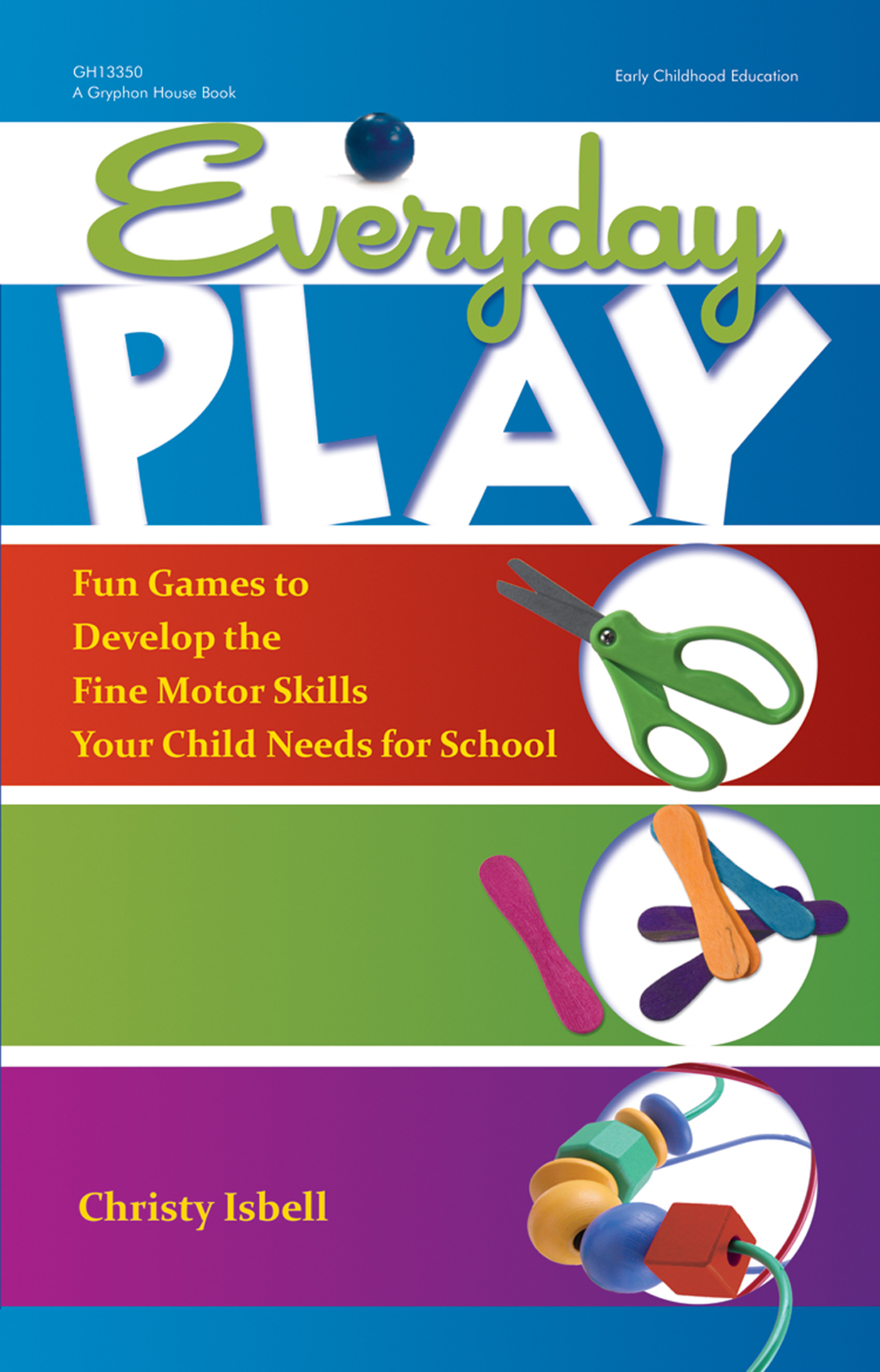- Home
- Activities
- Nature Prints | Outdoor Kindergarten Readiness Activity
Nature Prints | Outdoor Kindergarten Readiness Activity

Children are naturally curious, and one of the ways they learn about the world is by exploring objects and materials with their hands. These hand and finger dexterity skills are referred to as fine motor skills. In the early years, children learn to use their hands and fingers for important tasks such as tying their shoes, feeding themselves, dressing themselves, and playing with and exploring different objects. Fine motor skill development is key to kindergarten readiness as children will use these fine motor skills to participate in crafts, play with other children, write, and continue to explore the world around them and learn more!
This nature prints activity, featured in Everyday Play: Fun Games to Develop the Fine Motor Skills Your Child Needs for School, will help your child develop fine motor skills while interacting with nature. Get the book for more fun and easy activities to get your child ready for kindergarten!
Nature Prints
Materials
- collection of objects from outdoors (flat objects with texture work best) such as leaves, bark, grass, flowers, rocks, or shells
- thin, white paper such as typing, tracing, or onionskin paper
- small crayons and pieces of crayons
What to Do
- Talk to your child about print making.
- Show her the method of print making by placing a flat object under a piece of paper, and use a piece of crayon to rub across the paper.
- Discuss the collection of nature items.
- Encourage her to explore the objects and make her own prints.
More to Do
Talk to your child about some of the reasons why certain objects do not make a print. Encourage your child to collect items from around the room to discover if they will make a print.
Instructions
1. Sit with the children in a
circle.
2. The activity moves clockwise
around the circle. Each child
identifies the person sitting to
her right using the color of
that person's shirt and her
name.
3. The children help to start by
asking, "Teacher, teacher,
who do you see?"
4. Reply with, "I see [color of
child's shirt] [child's name] sitting next to me." For instance, say, "I see red
Matthew sitting next to me."
5. Everyone then asks, "Red Matthew, red Matthew, who do you see?"
6. Matthew would reply, for example, with, "I see blue Megan sitting next to me."
7. This continues until the last child identifies you. ("I see green Miss Smith sitting
next to me.")
Teacher - to - Teacher Tip
l This is a great activity to do at the beginning of the year to help the children
become familiar with each other's names. In a new class, children may need
help naming the child sitting next to them.
Assessment
To assess the children's learning, consider the following:
l Can the children properly identify and name colors?
1 Can the children identify their classmates by name?